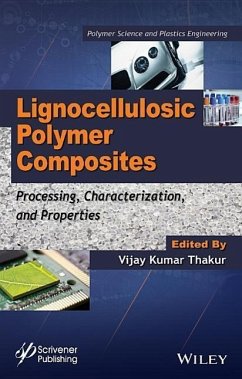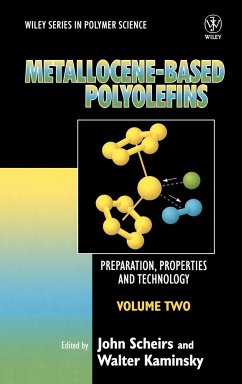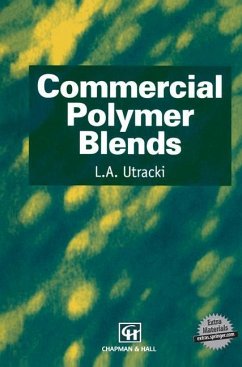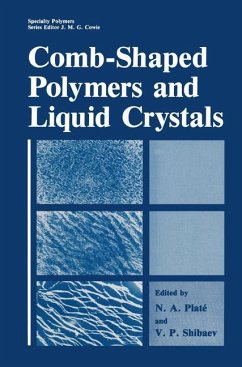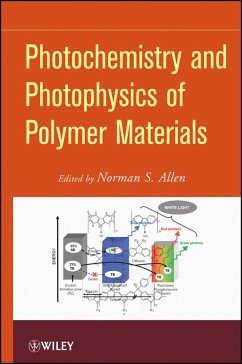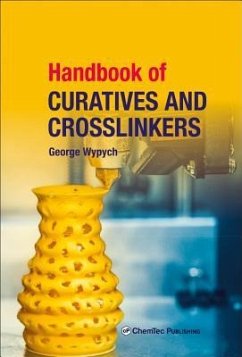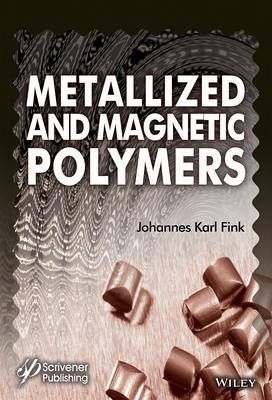
Metallized and Magnetic Polymers
Chemistry and Applications
Versandkostenfrei!
Versandfertig in über 4 Wochen
195,99 €
inkl. MwSt.
Weitere Ausgaben:

PAYBACK Punkte
98 °P sammeln!
This book focuses on the chemistry of metallized and magnetic polymers, as well as the special applications of these materials. After an introductory section on the general aspects of the field, the types and uses of these polymers are detailed, followed by an overview of the testing methods. The book is divided equally into two parts - metallized polymers and magnetic polymers - and both parts follow the same structure: * All methods of fabrication * Properties and methods of measurement including standard test methods and interface properties * Fields of applications * Environmental issues i...
This book focuses on the chemistry of metallized and magnetic polymers, as well as the special applications of these materials. After an introductory section on the general aspects of the field, the types and uses of these polymers are detailed, followed by an overview of the testing methods. The book is divided equally into two parts - metallized polymers and magnetic polymers - and both parts follow the same structure: * All methods of fabrication * Properties and methods of measurement including standard test methods and interface properties * Fields of applications * Environmental issues including recycling and biodegradable polymers






